If you’ve ever wondered whether your brand should focus more on organic social or invest in paid campaigns, you’re not alone.
The truth is, both play a vital role in a well-rounded social strategy—and knowing when (and how) to use each can make all the difference.
In this guide, we’ll walk you through the key differences, strengths, and best use cases for both organic and paid social media, plus why combining the two might just be your smartest move yet.
Key takeaways
-
Main differences between organic and paid social media marketing: Organic focuses on long-term relationship building without ad spend, while paid offers immediate reach and targeted results through budgeted campaigns.
-
What are the specifics of organic and paid social media content? Organic content nurtures community through authentic storytelling, while paid content is designed to drive specific actions with optimized formats and messaging.
-
When to choose an organic social media approach? Choose organic when your goal is to build trust, engage your community, and grow your brand presence over time.
-
Best practices for a successful organic social strategy: Maintain consistency, interact with followers, and test content types to keep your audience engaged and informed.
-
When to choose a paid social media approach? Use paid social when you need fast, measurable results and want to reach or convert a specific audience segment.
-
Why is a hybrid strategy the best option? A hybrid strategy combines the strengths of both organic and paid efforts to maximize reach, engagement, and ROI.
What is organic social media?
Organic social media refers to any kind of content (posts, videos, carousels, images, memes) you publish without paying for any kind of promotion. You use your brand’s natural social media presence and the network’s algorithm to reach the audience.
Take, for example, this Reel by Notion, which introduces all the AI tools in Notion’s workspace.
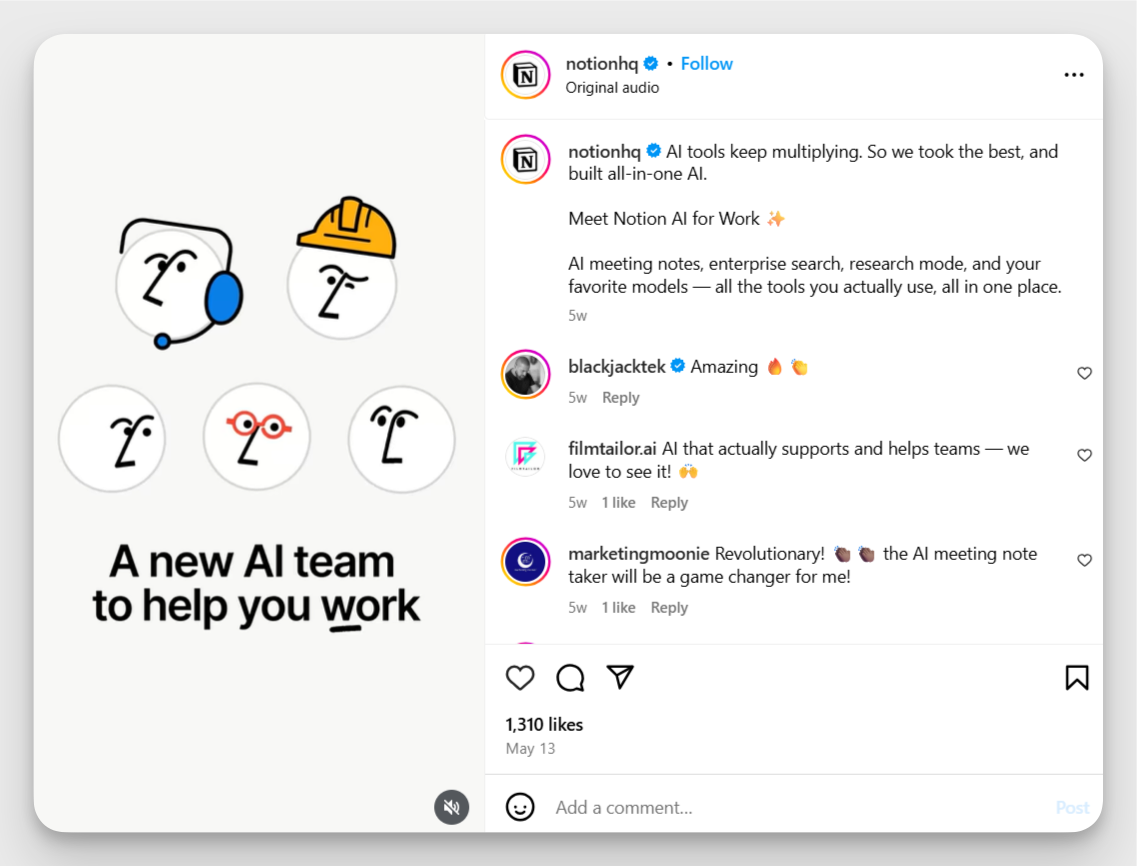
Or how Notion is engaging with users and employees via replies or reposts.
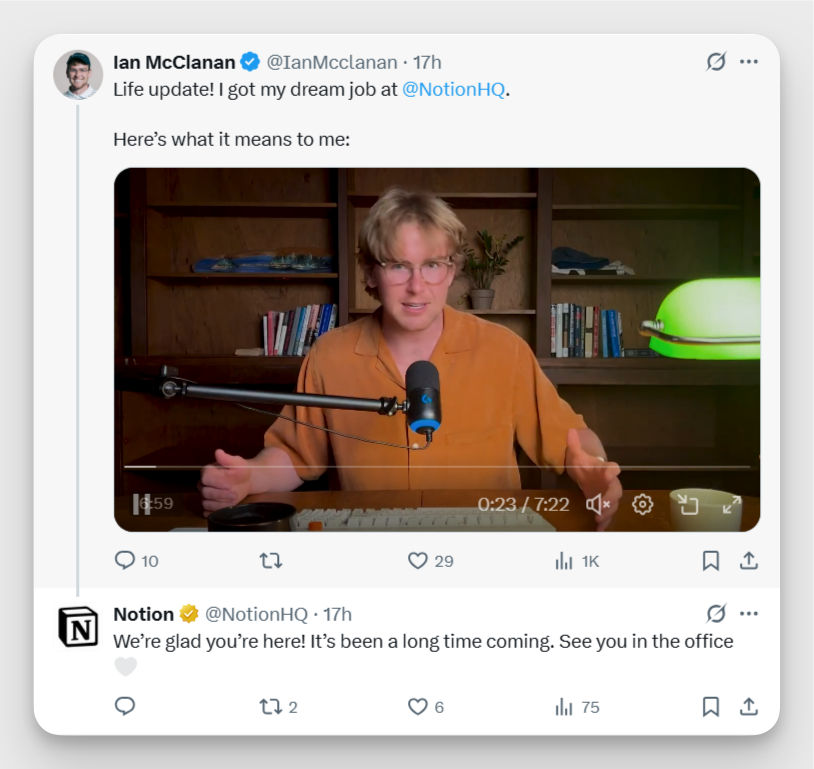
The goal of organic social media content is to build authentic relationships, drive conversations, and create value over time, without relying on ad budgets.
Remember, while organic social media doesn’t require a budget to publish, it still comes with its own set of investments. Think content creation, video production, design, and the tools you use to manage and analyze performance.
Benefits of organic social media
Think of any brand, whether a food brand such as McDonald’s or a SaaS tool such as HubSpot. Every business focuses on organic social media. Here are five reasons why.
- Builds long-term trust and credibility: Unlike paid ads that disappear after a scroll, organic content helps you show up consistently and authentically. Over time, this builds trust with your audience, especially if your content educates, entertains, or adds real value.
- Attracts a more invested audience: Organic followers usually choose to engage with you; they aren’t just clicking because of a flashy ad. This leads to higher-quality engagement and stronger customer loyalty in the long run.
- Acts as a low-risk testing ground: Before you spend on paid campaigns, organic posts are a smart way to test different messages, hooks, or content formats. The feedback is immediate and often honest.
- Shapes your brand’s personality: Through organic content, you can express your voice, values, and quirks in a way that doesn’t always fit into paid formats. It makes your brand more relatable.
- Improves discoverability over time: Good organic content can be surfaced weeks or months after posting, especially if it performs well or aligns with trending topics. This gives it a longer shelf life than most think.
What is paid social media?
Paid social media refers to any kind of content you promote using money. Instead of relying on the algorithm to show your posts naturally, you pay platforms like Instagram, LinkedIn, or Facebook boost your reach.
This could be a sponsored post, a carousel ad, a video campaign, or even a story with a swipe-up link.
Benefits of paid social media
Ever heard the saying “Avoid putting all your eggs in the same basket” By combining paid social posts with organic social, you can have the best of both worlds. Here are five reasons to add paid social media to your marketing game.
- Laser-sharp targeting: You can choose exactly who sees your content (by location, job title, interests, behaviors, or even company size) making every ad more relevant and efficient.
- Instant visibility at scale: Unlike organic posts that rely on algorithms, paid social gives your content a guaranteed boost. This is ideal for product launches, events, or time-sensitive campaigns.
- A/B testing on steroids: Paid platforms let you test different creatives, headlines, and audiences in real-time so you can double down on what actually works.
- Supports every stage of the funnel: From awareness to conversion, paid social lets you guide people along the customer journey with tailored content.
- Predictable growth: You can forecast results, track ROI, and scale successful campaigns with precision, not guesswork.
Key differences between organic and paid social media marketing
Before we find out the detailed differences between these two forms of marketing, here are quick insights you can easily skim.
What are the specifics of organic and paid social media content?
Whether it’s goals or content strategy, let’s see how each of these facets change for organic and paid social management.
Business goals
Let’s talk about the two types and timelines of business goals.
- Brand awareness vs. conversion goals: When it comes to goals, brand awareness is where organic social shines. A small business, for example, might consistently share behind-the-scenes posts, customer stories, or thought leadership on Instagram and LinkedIn. This builds familiarity and trust over time.
Paid media, on the other hand, can quickly boost visibility. Like a new skincare brand running targeted top-of-funnel video ads to reach 50,000 people in a week. It’s fast, measurable, and scalable.
Conversion goals are more immediate and often better served through paid campaigns. Think of a limited-time ecommerce sale. Organic reach alone may not cut it. With paid ads, you can retarget warm leads or show offers to high-intent users, driving more direct sales or sign-ups.
- Short-term vs long-term objectives: Short-term goals (clicks, downloads, event signups) are often driven by paid efforts that deliver quick wins. Long-term goals, like building community or brand loyalty, depend heavily on organic content that nurtures relationships.
Budgetary requirements
Budgeting for social media looks very different when comparing organic and paid strategies.
- Resource allocation: Organic social media might seem ‘free,’ but it requires consistent investment in resources, like content creators, designers, copywriters, and community managers. Time is a major cost. A brand investing in organic growth needs a team (or agency) to produce high-quality posts, engage with followers, and stay on top of trends.
Paid social media advertising, on the other hand, demands a more direct financial investment. You’re paying for reach, clicks, and conversions, so budgets must cover both ad spend and creative production.
- ROI requirements: Organic ROI tends to be long-term, focusing on trust, brand equity, thought leadership, and community-building, all essential, but harder to measure.
Paid ROI is more immediate and trackable, with clear metrics like cost-per-click, cost-per-lead, and return on ad spend (ROAS) used to evaluate performance and optimize campaigns.
Audience targeting
You could have the most brilliant post. But if the wrong people see it, it falls flat. That’s where audience targeting separates paid from organic social.
With organic social media, you're limited to who already follows you and how the algorithm decides to distribute your content. You might post a detailed guide for SaaS founders, but if most of your followers are general marketers, the engagement will be lukewarm.
Paid social media, however, gives you precision. You can target by job title, industry, location, behavior, interests. And even retarget users who’ve visited your site.
Let’s say that SaaS guide didn’t perform organically. With paid, you can promote it specifically to founders and product managers in early-stage startups across Tier 1 cities. Suddenly, you're not shouting into the void. You’re speaking directly to the right people.
This laser-focused targeting is not just about boosting visibility; it’s about showing the right message to the right audience at the right time.
Competitor strategy analysis
Studying your competitors can reveal what’s working and what’s not, on both organic and paid social media.
For organic, it's about observing content themes, formats, and frequency. What type of posts get them the most likes or shares? Do they get strong engagement on reels, carousels, or thought-leadership posts?
For example, if a competing DTC brand is posting behind-the-scenes videos that consistently go viral, that’s a clue to try similar content with your own twist. Instead of manually checking your competitors’ posts, use tools like Socialinsider.
We often look at competitors’ content pillars to find opportunities or gaps we need to capitalize on.
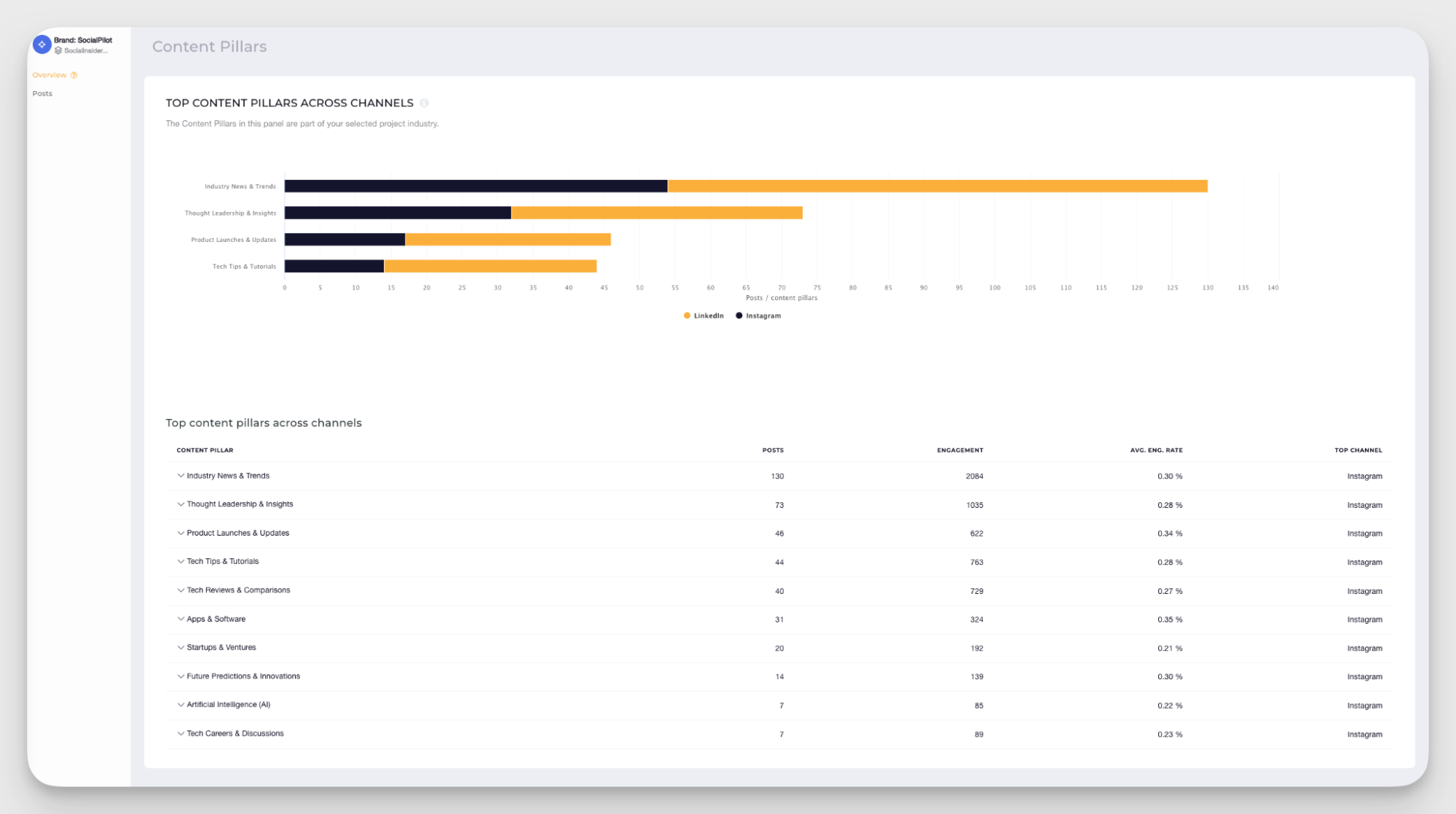
Paid competitor analysis is more about ad creatives and offers. You can use platforms like Facebook Ad Library or tools like BigSpy to see what ads your competitors are running, who they’re targeting, and how long those ads stay live.
If a particular ad runs for weeks, chances are it’s converting well. For instance, if a SaaS rival is promoting a limited-time discount to founders in the US, you can test a sharper offer or adjust your messaging to stand out.
To summarize, organic teaches you what to post, while paid shows you how they’re selling. Watch both, and you’ll learn how to outsmart your competition.
Content strategy
Content strategy for organic and paid social media looks very different, and both play unique roles.
Organic content is about depth and connection. It’s where you speak to your audience’s pain points, answer their questions, and build trust over time. For B2B brands, this often means sharing educational posts, tips, industry insights, or founder stories.
For example, we often share important updates about social media, key stats, and educational content for our organic social media.
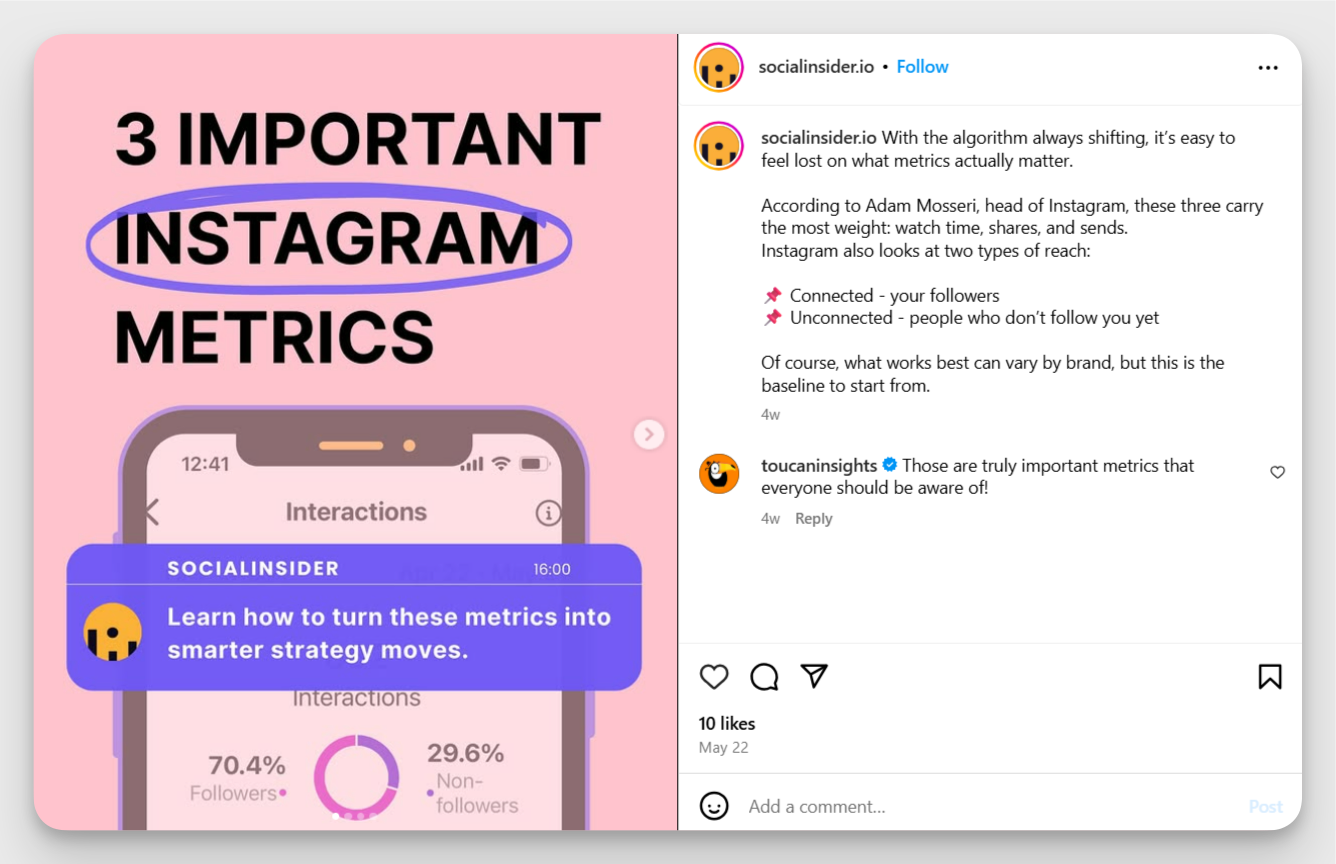
Remember, organic is less about selling and more about helping and building a community around your brand.
You can check your top-performing content on different platforms using Socialinsider to get a hang of what’s working. Here’s what it looks like for our LinkedIn page.
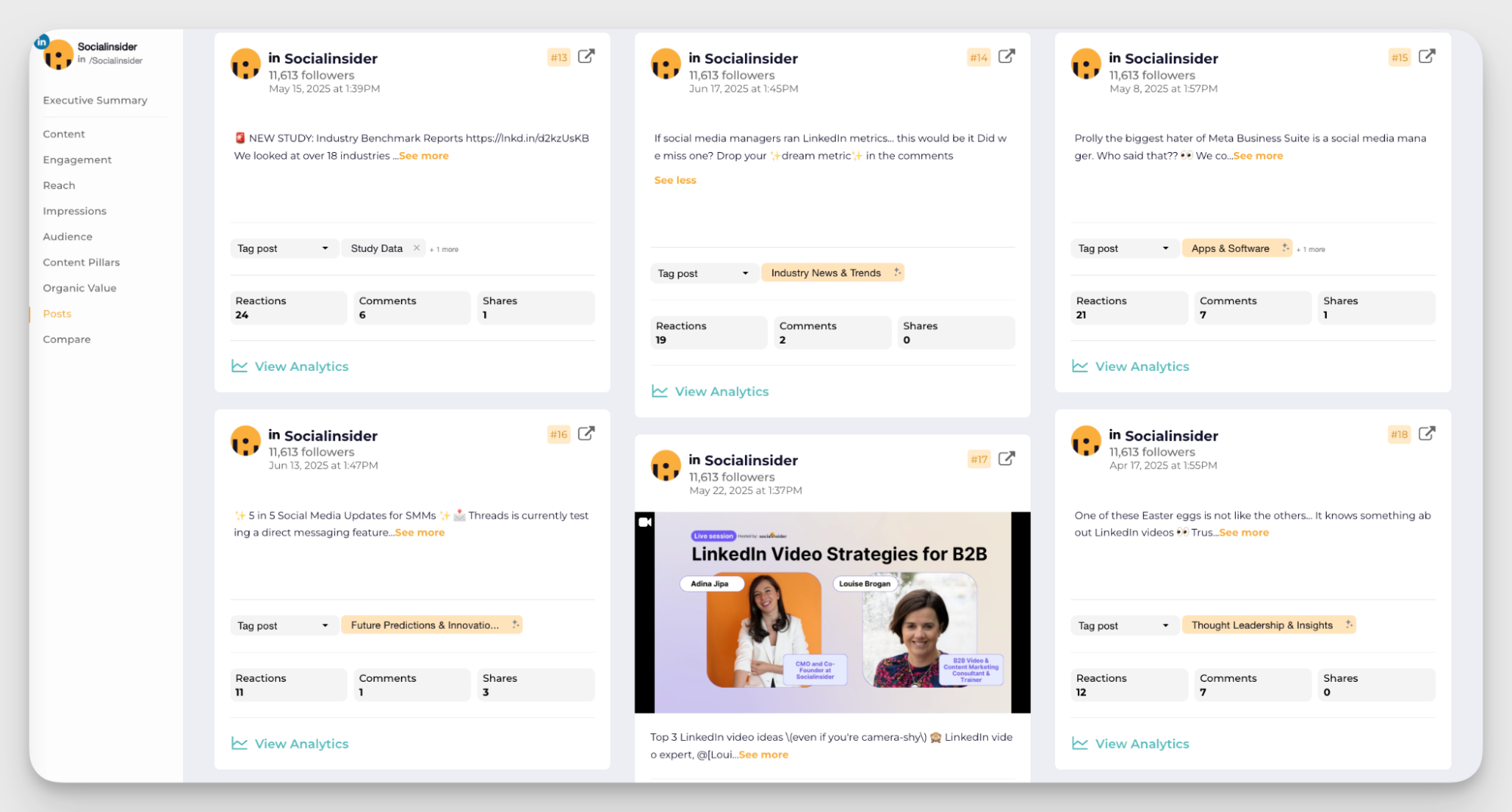
Paid social strategy, on the other hand, is short, sharp, and focused. Captions are minimal. The goal is to drive one action — click, sign up, buy. The messaging is fast and benefit-driven.
For example, look at this ad by Slack. It’s short, snappy, and gets to the point quickly with an actionable CTA — ‘Try now’.
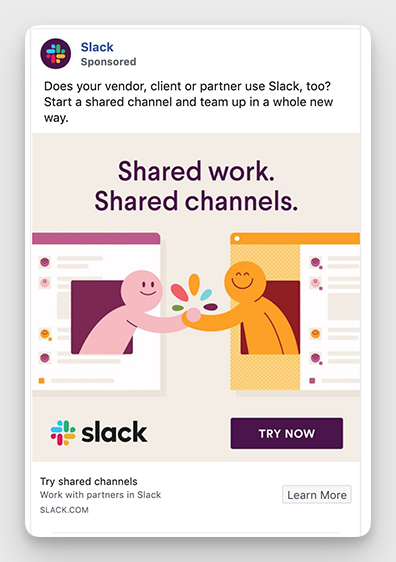
We recommend using organic to understand what your audience cares about. Then turn that into laser-focused paid ads that convert. Let content do the warming up. Let ads seal the deal.
Timeline
Organic and paid posts strategies work on very different timelines.
With organic, you don’t see results overnight. It takes time to grow your audience, build trust, and see engagement rise. One carousel or post won’t change everything. You need to show up consistently, week after week.
For example, if you look at brands like ClickUp, they actively share content on their social pages. These are product updates, reposts from industry leaders, humorous videos from their employees, etc.
Paid social, on the other hand, is about speed and precision. You launch a campaign, and you start getting clicks, sign-ups, or sales within hours. Ads are usually tied to a specific goal and timeline. Say, a two-week product launch or a month-long webinar promotion. You plan it, run it, track it, and pause it.
So while organic content is always-on and slow to grow, paid is campaign-based and gives immediate results. Ideally, brands need both.
When to choose an organic social media approach?
When you are focused on a certain set of objectives, prioritizing organic social media is the right solution. Let’s explore the benefits of organic social media and when to focus on it.
For increasing brand authority
Why do some brands stay top-of-mind even when they’re not running ads? It’s often because of a strong, consistent organic presence. Prioritizing organic social helps you tell your story, show up in daily feeds, and build relevance over time. It's slow growth, but with lasting impact.
Here’s how you can do it.
Showcase your industry knowledge
Think about the brands you follow on social. The ones you trust also sell. But more importantly, they teach, explain, and spark new thinking. That’s the power of showcasing your industry knowledge.
It tells your audience you’re not here to play catch-up. You know where the market’s heading.
You position your brand as a go-to source by consistently sharing insights, trends, and smart perspectives. Over time, this builds quiet authority.
For example, if you look at our social profiles, we consistently share updates on “What’s new on social media” and benchmarks that are important for social media marketers.
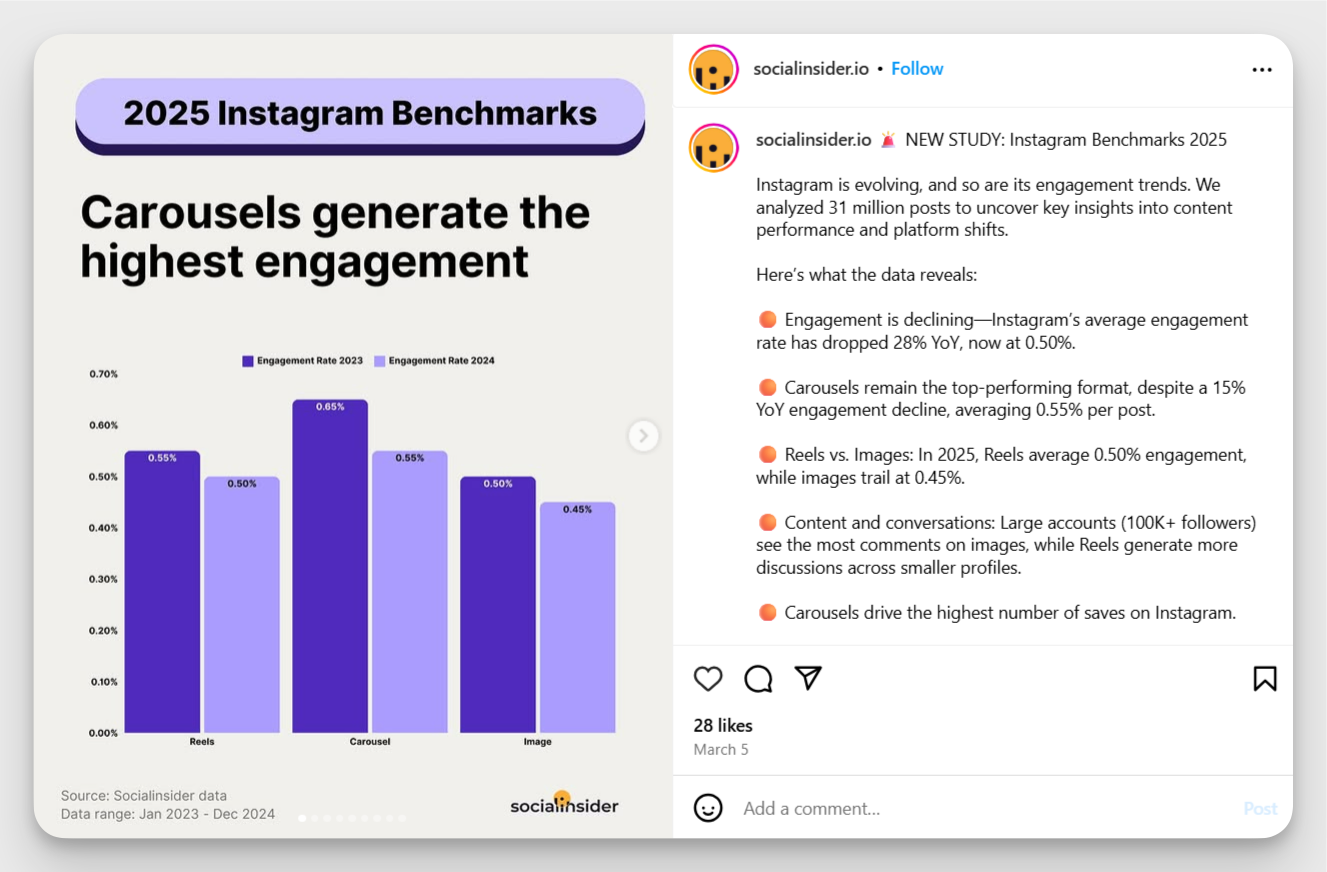
We also regularly have webinars with industry leaders to impart valuable industry knowledge.
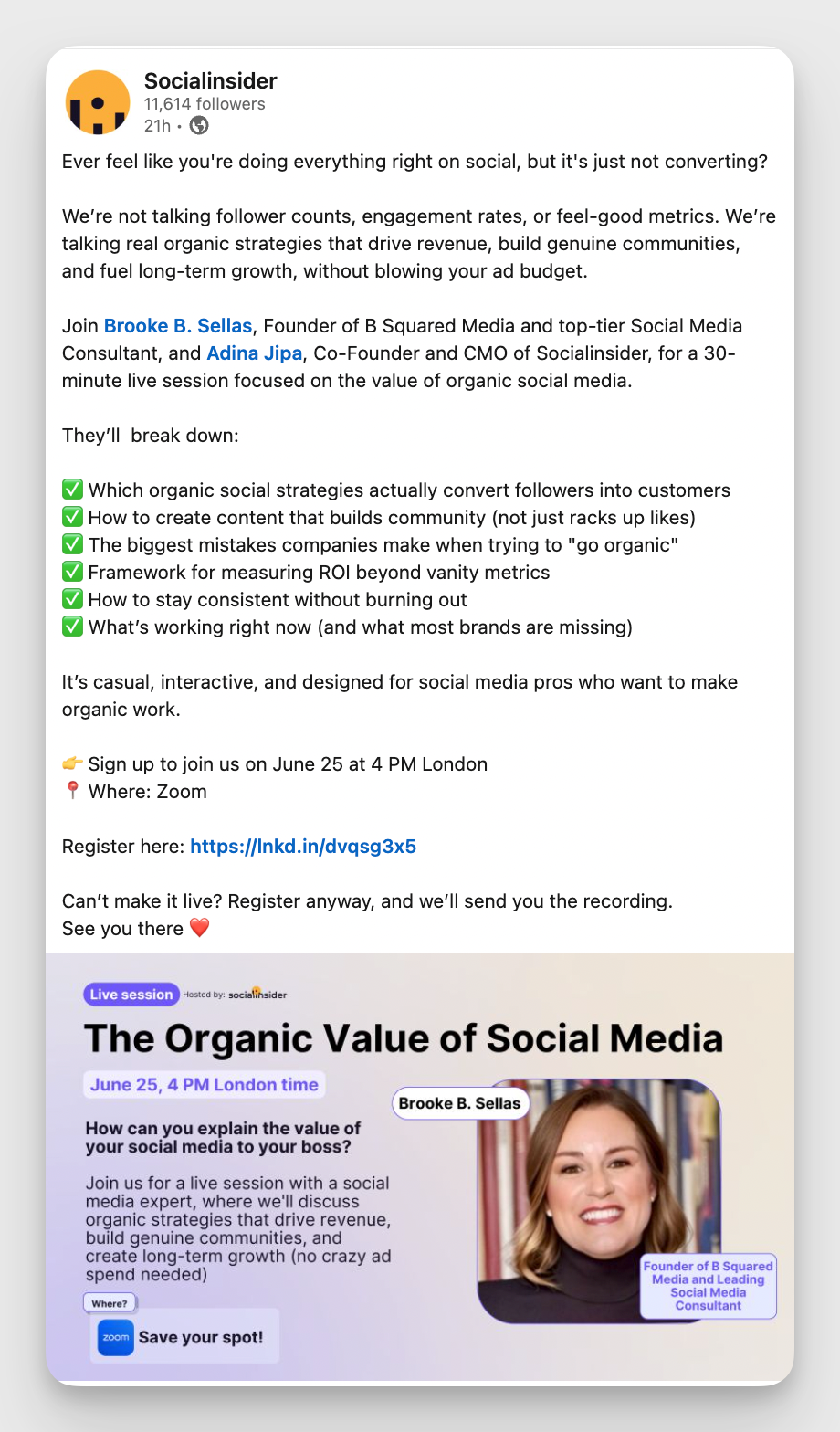
This helps us build our credibility in the social media space.
Focus on engagement-driven actions
Brand awareness doesn’t revolve around only reach. It’s about recognition. When you create space for real conversations, your brand becomes more than a logo. It becomes a presence.
For example, before publishing any piece on social media, we ask ourselves, “Would people want to comment and share this content?” If the answer is yes, we go ahead. If not, we tweak the content or CTA a little.
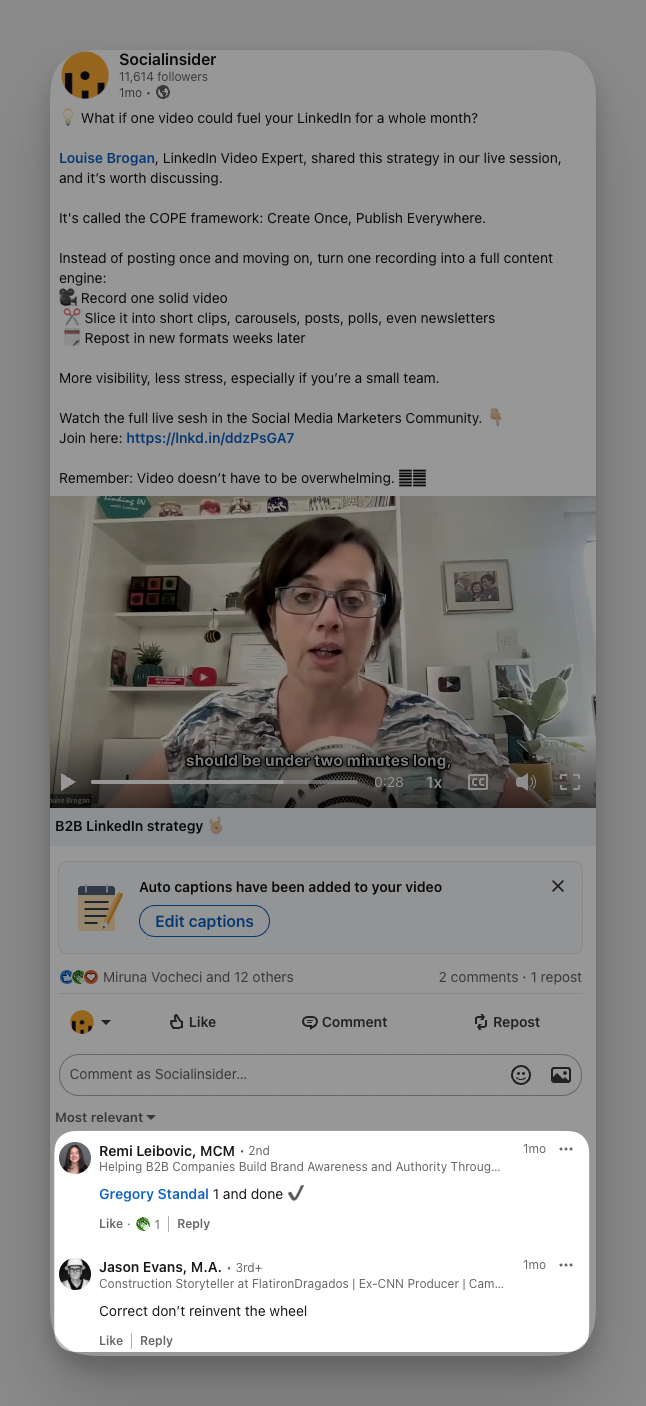
The more people interact with you, the more often your content appears in their feeds. Over time, this consistent visibility turns into familiarity.
Be consistent
You don’t remember brands that are inconsistent. Even if one of their Reels goes viral, if they fail to engage you consistently, you’ll end up forgetting them. That’s because brand awareness doesn’t build up magically. It’s built on repeated, steady visibility.
Consistency helps you stay top of mind. When your audience sees you show up regularly, with valuable content, a familiar voice, and a clear point of view, they begin to trust you. It tells them: this brand is active and worth paying attention to.
One way to do this is to create a social calendar. Encouage your social media team to input the ideas and have a monthly calendar ready. Here’s how ours look at Socialinsider.
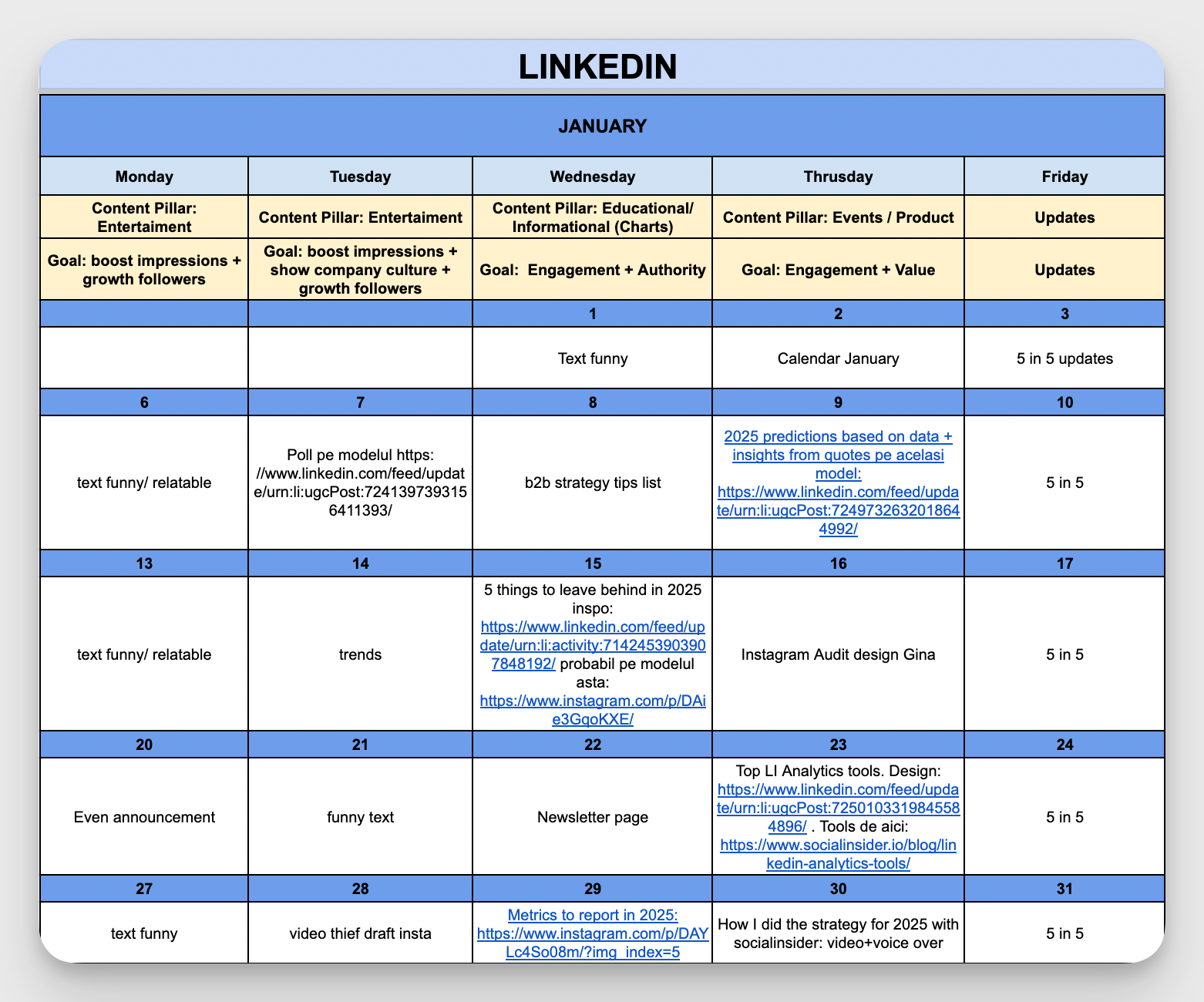
Select platforms smartly
Don’t spread yourself thin by trying to bring your A-game to every social platform especially when you have limited resources or time. In fact, picking the right 1-2 social platforms helps you do deep and reach the right people.
For example, LinkedIn is where B2B brands build authority. Thoughtful posts, industry takes, and founder voices thrive here. If you're solving real business problems, this is home.
Instagram is for visual storytelling. It’s perfect for lifestyle, fashion, wellness, or DTC brands. It’s where aesthetics and emotion drive connection.
TikTok? It’s the playground for trend leadership. If your brand has personality and isn’t afraid to experiment, it’s a goldmine for reach and culture-building.
For community building
Communities are the backbone of lasting brands. They create a sense of belonging, trust, and shared identity around your business. Organic social media helps you build the foundation of these communities and engage with them.
Here are three things that can help.
Encourage user-generated content
User-generated content achieves a 28% higher engagement rate on social media compared to traditional branded content. Why? Because it’s real. It feels like a friend’s recommendation, not an ad.
Encouraging UGC builds a two-way relationship. People love being featured, and it shows them that you value their voice. Start simple by reposting customer stories, running hashtag campaigns, or asking questions that spark responses.
You can even build hashtag campaigns like Apple’s #ShotoniPhone to encourage more people to generate UGC for your brand.
Leverage behind-the-scenes content
Imagine your audience scrolling past perfectly polished posts, until they stop at a quick video of your team packing orders on a rainy Tuesday or testing a scrappy product prototype. That’s the magic of behind-the-scenes content.
It pulls people into your world. Not the curated brand version, but the real one.
When you share the messy middle (the late nights, inside jokes, team wins) you stop being a faceless brand and become human. And humans build communities.
Also, think about it. People love feeling like insiders. By showing them your process, your people, and your personality, you can build trust without even trying too hard.
Here’s how our fab team does it at Socialinsider.
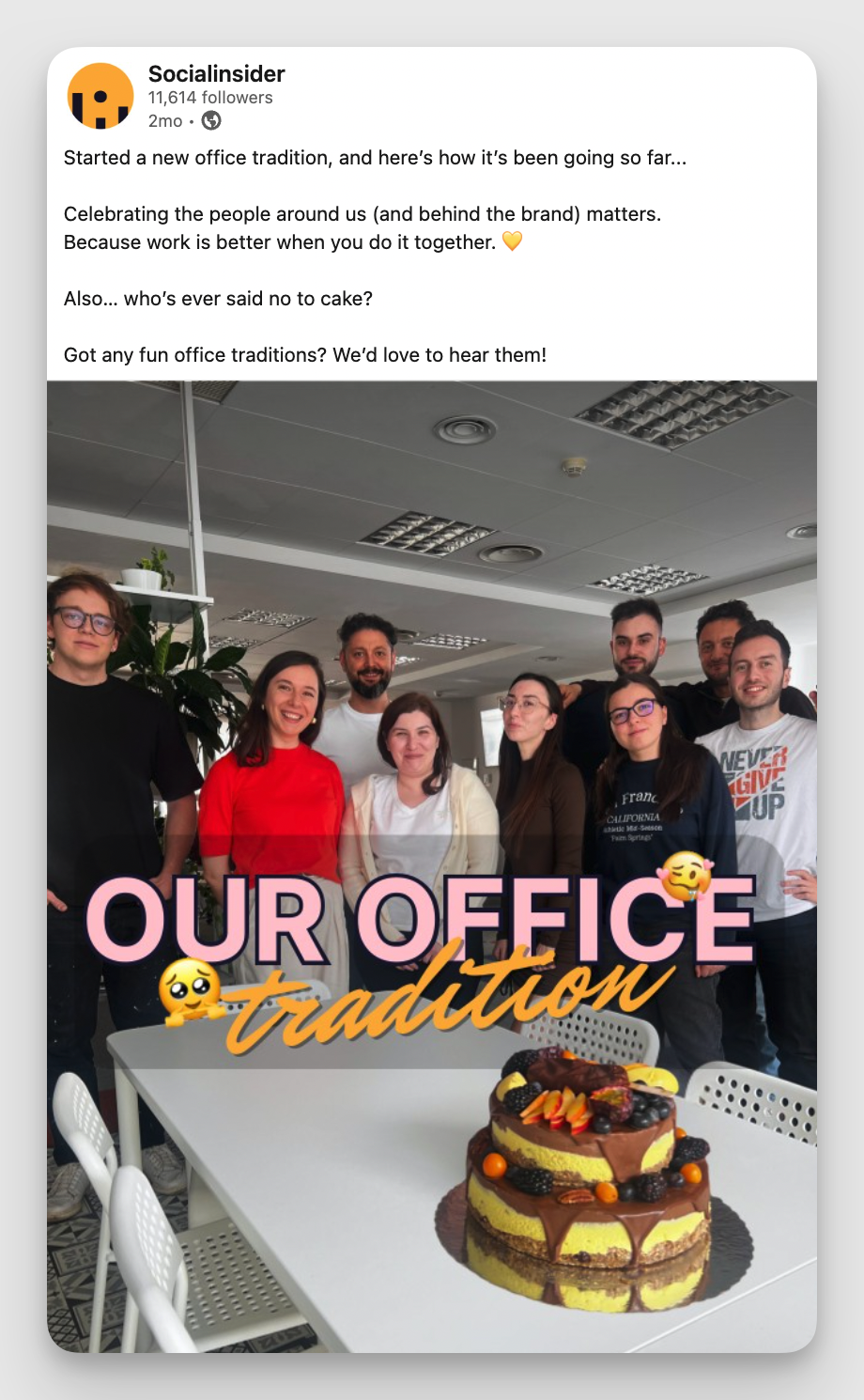
Leverage different platforms strategically
Where is your audience most active? Are they a part of different communities on Facebook or Instagram?
Each platform offers a unique way to build a community. You just need to tap into it.
Facebook is built for group-based communities, ideal for sparking peer discussions and creating shared spaces. Instagram fosters smaller, more intimate connections through Stories, polls, and replies. LinkedIn encourages professional dialogue, which is great for bringing like-minded individuals together around industry topics.
For example, here’s a sneak peek into our community on Facebook.
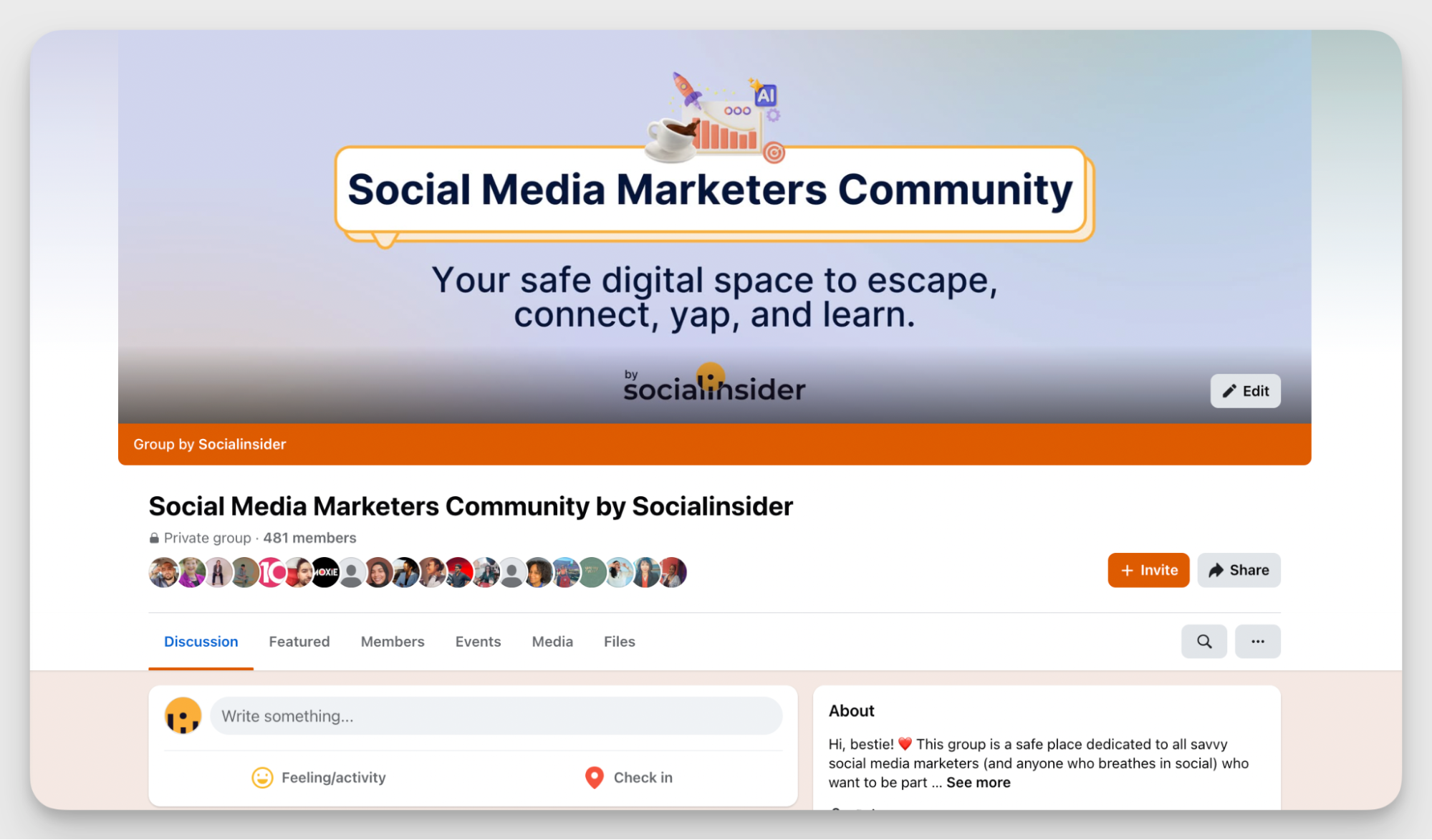
And before even building this community, we did our initial research to gain an understanding of our audience preferences.
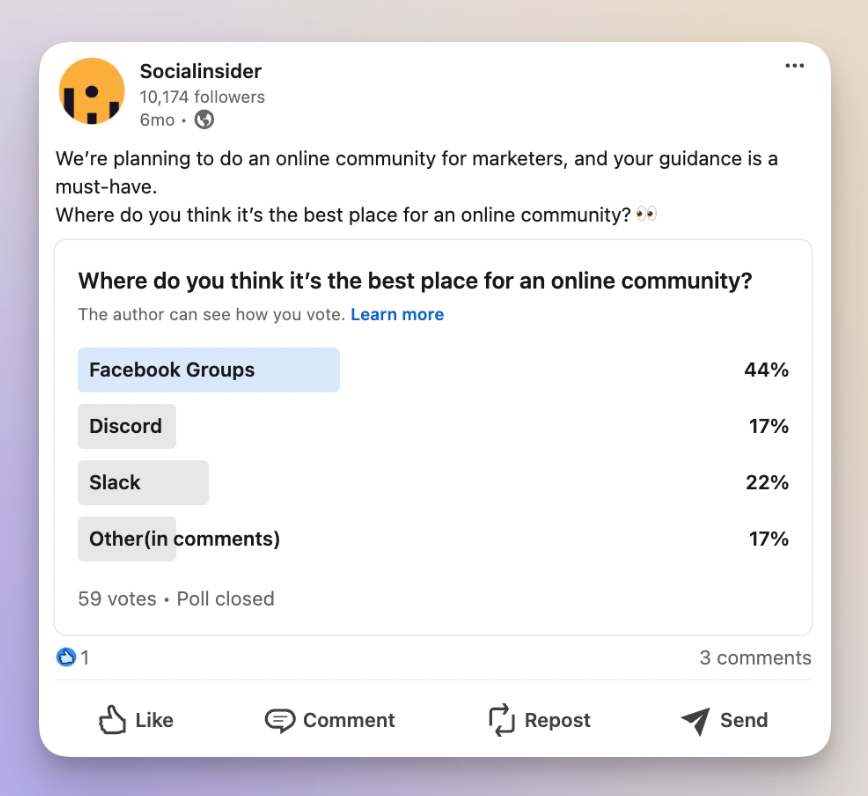
Best practices for a successful organic social strategy
To create a solid organic social content strategy, here are four best practices you can follow.
Create a content pillars strategy
Start with your brand’s core social media goals. This could be awareness, engagement, conversion, or loyalty. Then map out 3-5 content pillars that align. These could be: educational content, behind-the-scenes, customer stories, product tips, or industry insights.
Each pillar should serve a clear purpose and resonate with your audience. Use customer FAQs, sales calls, and community comments to guide what people actually care about.
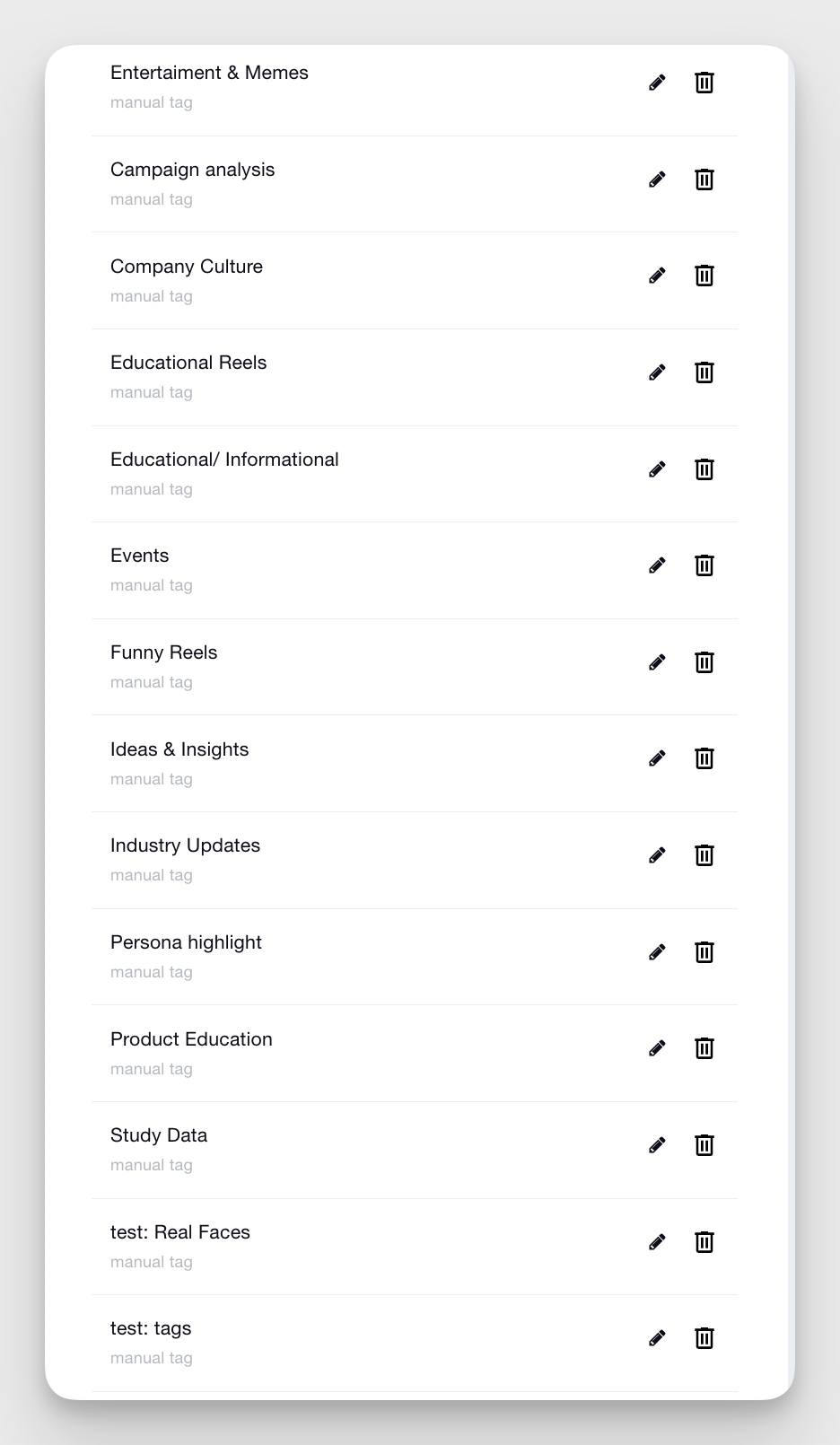
Create a content calendar that covers at least 2-3 pillars each week. This keeps your feed balanced and relevant. Use different formats like Reels, carousels, and Lives to add variety.
Most importantly, review performance monthly. Drop what’s flat, double down on what clicks. You can head on to Socialinsider for an overall analysis of each content pillar’s engagement and what you should prioritize moving forward.
Leverage content repurposing
You have just published a well-researched article. Instead of letting it sit and gain just a few website visitors, why not repurpose that content for social media and get more visitors?
Here’s how we would do it at Socialinsider.
- LinkedIn carousel: Turn key takeaways into a clean, scrollable format
- Instagram Reel or TikTok: Record a 30-second video sharing the most surprising insight
- Quote graphic: Pull a bold line or stat for a shareable visual
For example, we published this article on our blog.
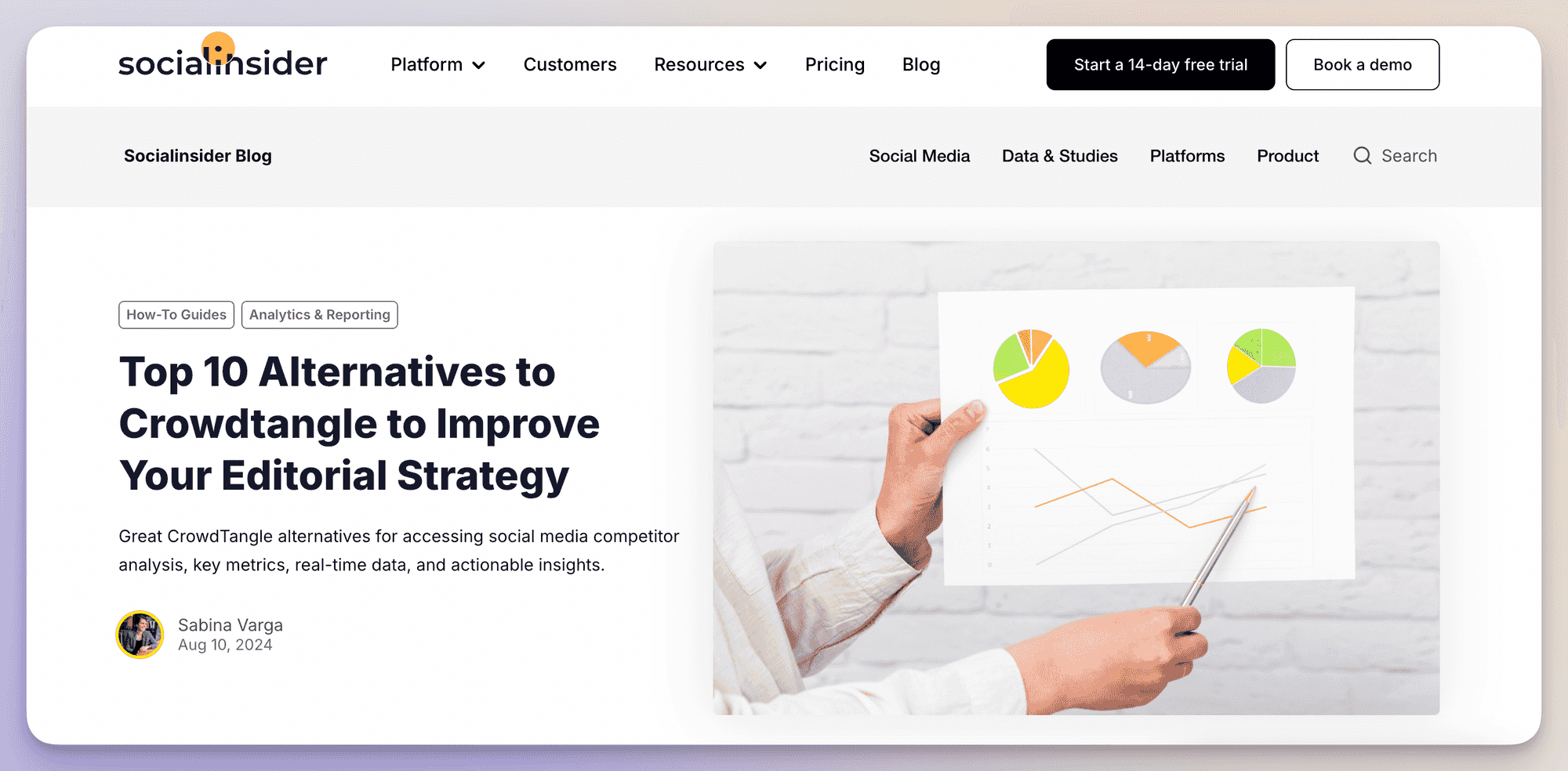
Our team then repurposed this article into a LinkedIn post.
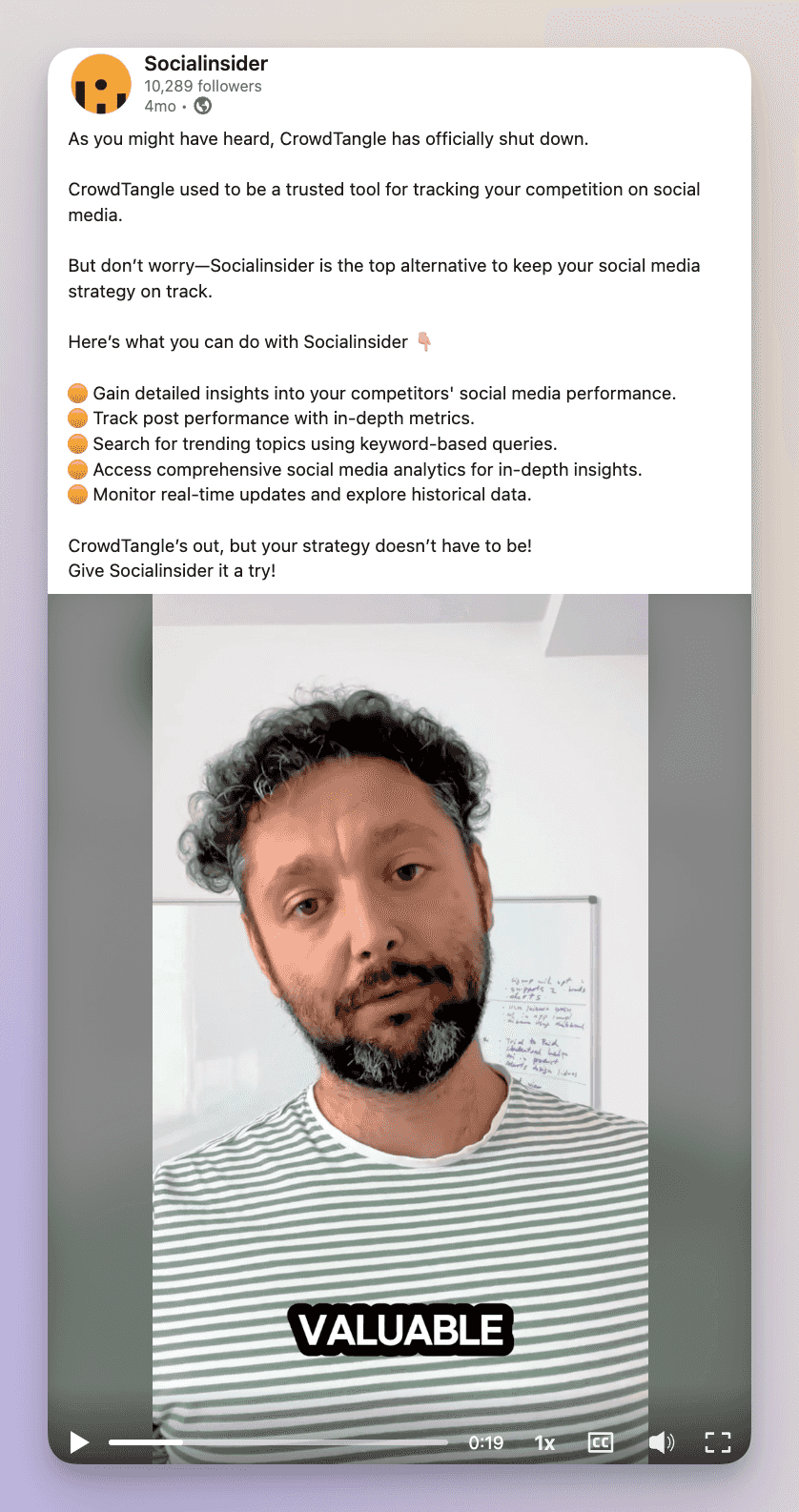
Understand your audience
Who are you really talking to when you hit “post”? If you can’t answer that, your social content is just noise.
Don’t just stop at understanding your audience’s age or job title. Go one step further and find what keeps them up at night, what they scroll past, and what makes them stop. When you get this right, your content feels like it was made for them, because it was.
You’ll know which tone hits, which topics land, and which formats actually get engagement. Maybe they hate fluff but love quick how-tos. Maybe memes work better than case studies. At the end of the day, it’s all about trying to remove the guesswork from your organic content strategy.
Calculate your organic social media value
Organic social media marketing is powerful. But how do you show its actual value in numbers? Socialinsider’s new feature helps marketers move beyond likes and follower counts, assigning monetary value to organic results.
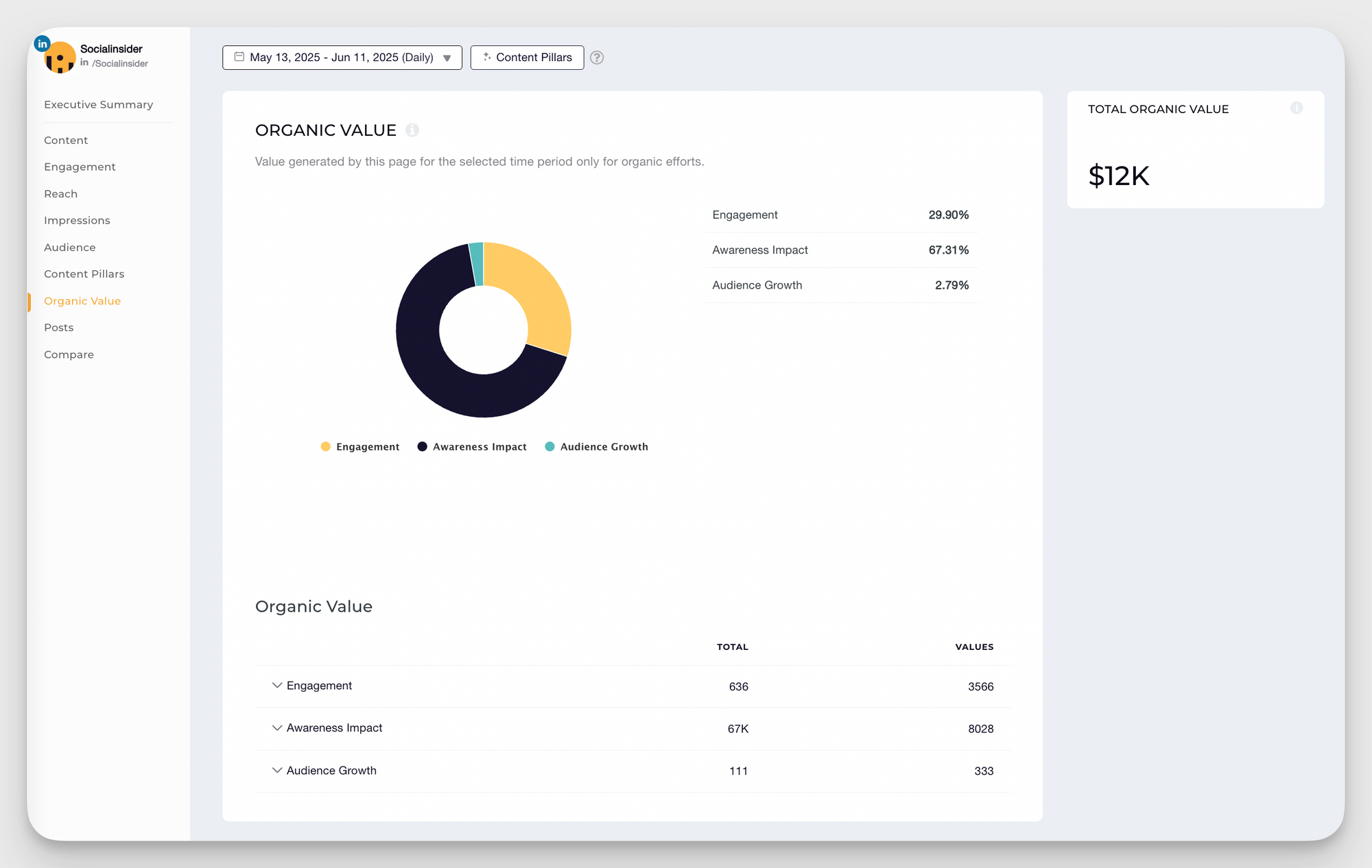
It estimates how much you'd need to spend on ads to achieve the same reach and engagement organically.
Here’s how to set it up:
- Go to Settings from your Socialinsider home dashboard
- Click on Organic Value Configuration

- Choose the channels you want this calculated for
- Assign values to each data type (based on your industry benchmarks)
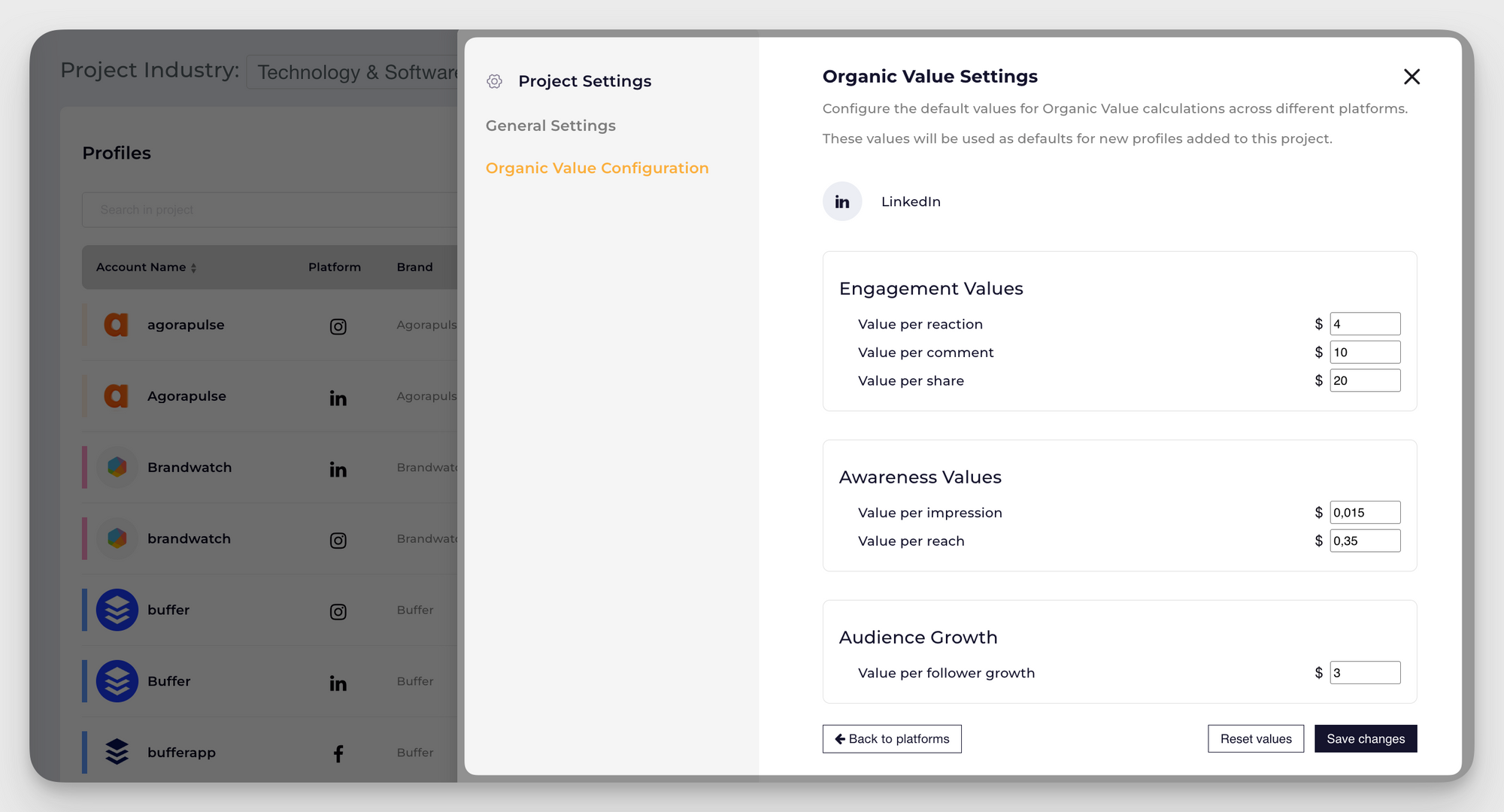
And you will get the final number that connects organic performance to real business value.
When to choose a paid social media approach?
Sometimes, you need quick results. That’s when a paid social media approach can help you out. Here are two major benefits of paid social media.
For brand amplification
Paid social media marketing amplifies your brand by putting your message directly in front of the right people, fast. It boosts visibility beyond your existing followers, helps test new markets, and drives targeted engagement.
Here’s how to go about it.
Identify relevant audience segments
Identifying audience segments is key to running high-performing paid social campaigns. Start by breaking down your ideal customers, by demographics, interests, behaviors, and stage in the buyer journey.
You can use tools like Meta Ads Manager or LinkedIn Campaign Manager to layer targeting: job title, location, interests, or website activity.
For example, segment cold audiences by industry or interest, and retarget warm ones, like people who visited your site or engaged with past content. You can also create lookalike audiences based on high-value customers.
We also recommend A/B testing to find out which ad versions work well for different audiences. And the best part? You can use Meta instead of a third-party tool to do this.
Create a market entry strategy
Launching into a new market? Use paid social media strategy for a sharp, high-impact entry. Start with short-term, high-intensity campaigns designed to test and grab attention fast. Focus your spend on a specific region, audience segment, or behavior to avoid diluting results.
Begin with localized creative ads that reflect the language, culture, and tone of your new audience. Combine that with tightly defined targeting and a bold offer (for example, limited-time access or early-bird pricing).
We also recommend running multiple ad variants to see what clicks. Monitor CTR, CPC, and saves in real time. Within a week, you’ll know what works and what to cut.
Remember, the focus isn’t on brand building yet. It’s about hitting the market loud, focused, and fast, and then refining based on results.
Identify the type of content that works well
Start by identifying organic content that’s already performing well. These could be posts with high engagement, shares, or saves. These are clear signals of what resonates with your audience. Use these insights as a foundation for your paid campaigns. If a reel or carousel drives strong interaction organically, it’s likely to perform even better with a budget behind it.
Once you have your high-potential content, adapt it for ads. Tighten the hook, add a clear CTA, and align it with your campaign goal. Then, test variations. Run A/B tests with different headlines, creatives, formats (video vs static), and CTAs.
Track performance through CTR, CPC, watch time, and saves. Over time, you’ll get an idea of what content actually moves the needle in paid.
For increased conversions
Someone discovers your product while scrolling. Ten seconds later, they’ve clicked, signed up, or made a purchase. That’s the power of paid social media advertising strategy done right. It puts your offer in front of the right people at the exact moment they’re ready to act.
Here’s how you can optimize paid social for immediate conversions.
Use high-converting creatives
Accept it. Your audience’s feed has a lot of ads and organic content. How do you differentiate your ad from this noise. Below are four social media tips.
- Lead with benefits, not features: Focus on what the user gets. It could be time saved, problems solved, or outcomes achieved.
- Use bold, scroll-stopping visuals: Bright colors, clear contrast, and human faces often grab attention fastest.
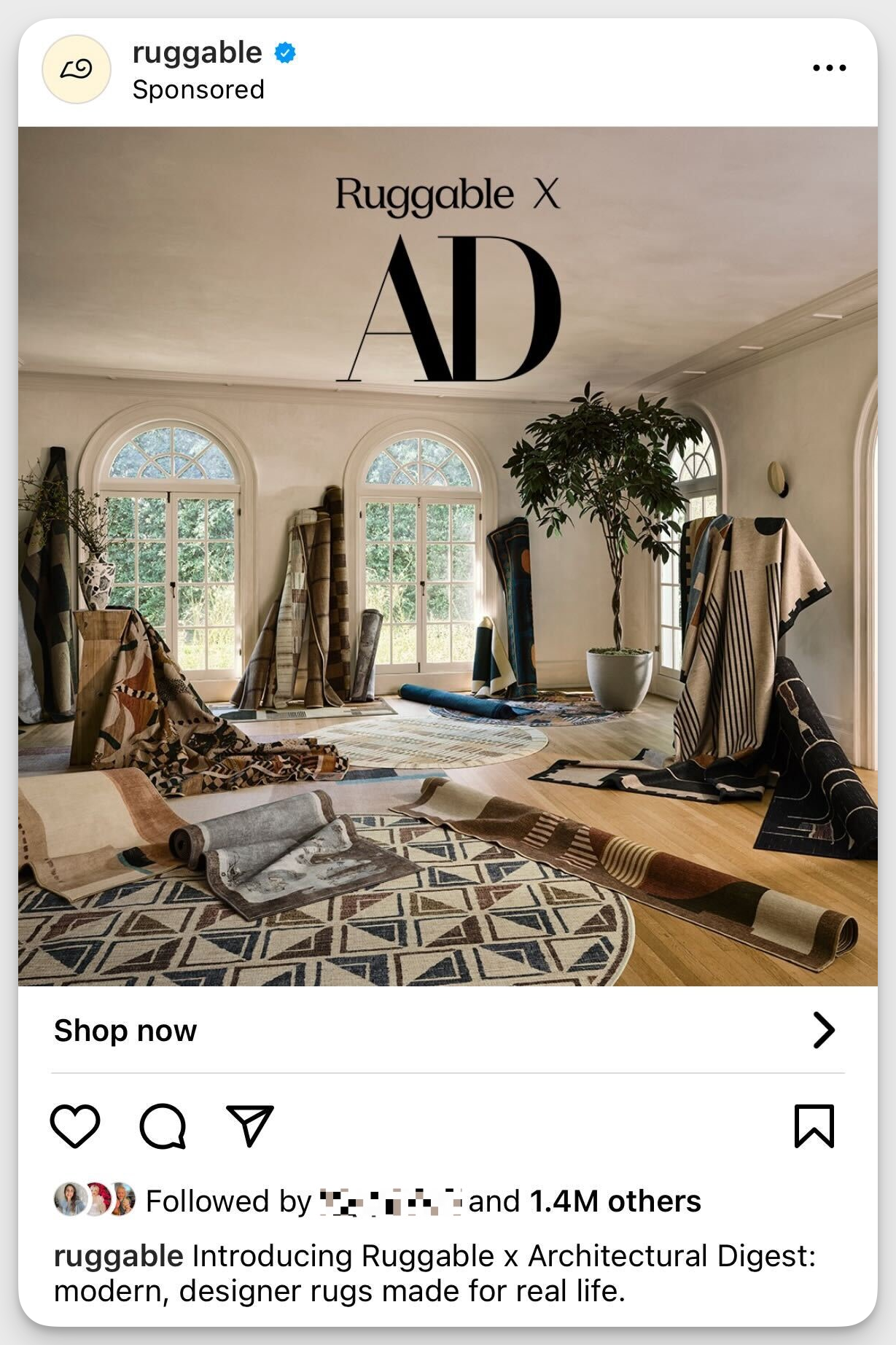
- Keep copy short and punchy: Your audience should ‘get it’ in 3 seconds. Be clear, not clever.
- Add a strong, specific CTA: Tell people exactly what to do next. Think CTAs like ‘Try free,’ ‘Get the checklist,’ or ‘Book a demo.’
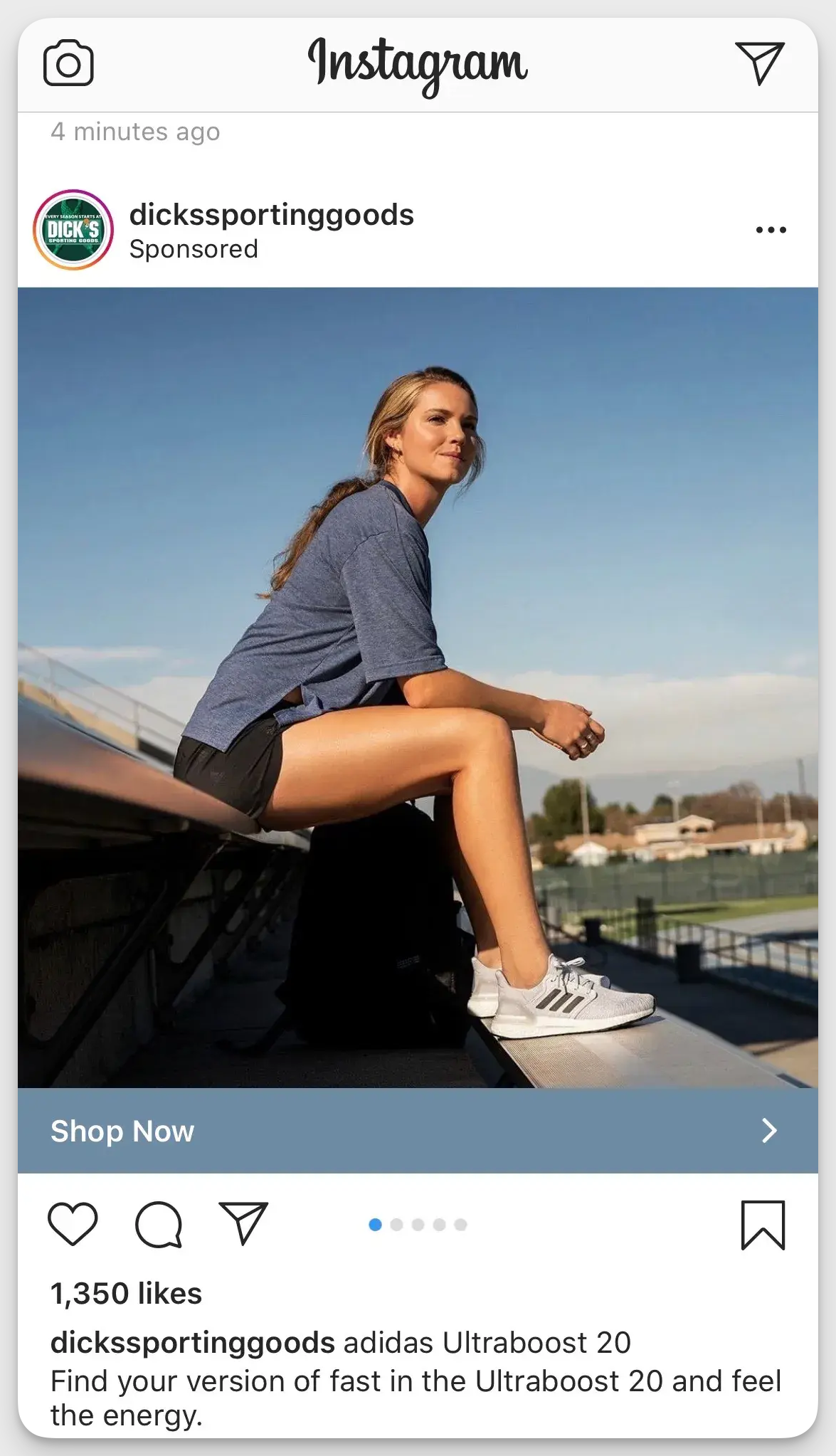
Create a retargeting funnel strategy
Creating a retargeting funnel turns missed clicks into second chances and conversions. Start by mapping your funnel in layers:
- Top of the funnel: Target users who visited your website or engaged with your content but didn’t act. Show them trust-building content like testimonials, product demos, or value-driven posts.
- Middle of the funnel: Focus on warm leads (those who viewed pricing pages or added items to cart). Use stronger CTAs, offer comparisons, or limited-time promos to nudge them closer.
- Bottom of the funnel: Retarget high-intent users with urgency. Think: “Still thinking about it?” or “Only a few spots left.”
Keep your creatives fresh at each stage and tailor your messaging to where they are in the journey. The right follow-up often makes the difference between a bounce and a buyer.
Best practices for a successful paid social strategy
Follow these two tips while you create your paid social strategy.
Use lookalike audiences
Use lookalike audiences to find new customers who behave like your best ones. Start by uploading a list of your high-value customers. These customers could be those who buy frequently, spend more, or engage deeply. Platforms like Facebook and LinkedIn analyze this data to create a fresh audience with similar traits and behaviors.
This method cuts through guesswork and targets people more likely to convert. To get the best results, ensure your source list is clean and sizable (at least a few hundred users). Combine lookalikes with precise targeting filters like location or interests to refine reach.
You can even test different lookalike percentages (1% is closest match, 5% broader) to balance precision and scale.
Select platforms strategically
Choose platforms based on your goals and audience. Use Facebook for detailed retargeting. Its advanced pixel and audience options let you reach visitors, cart abandoners, and engaged users with precision.
For B2B nurturing, LinkedIn shines with professional targeting by job title, industry, and company size, perfect for building relationships and thought leadership.
Meanwhile, Instagram excels at visual storytelling, making it ideal for lifestyle brands or product demos that rely on eye-catching images and short videos.
Why is a hybrid strategy the best option?
Organic and paid social media come with their own set of advantages. And the best part? They complement each other well. Here are two key reasons we recommend having a hybrid strategy.
For funnel amplification
Organic and paid social aren’t separate strategies. They’re a power duo for funnel amplification. Organic builds trust and visibility at the top of the funnel. Think value-packed posts, founder insights, and behind-the-scenes content that spark conversations and shares. It’s how people first discover your brand and decide if you’re worth following.
But awareness doesn’t always convert. That’s where paid social kicks in. Say someone reads your carousel on ‘common hiring mistakes’ on LinkedIn. With retargeting, you can serve them a paid ad offering a free hiring checklist or demo. Suddenly, you’ve moved them from curious to converting without starting cold.
Organic social media post establishes your expertise. Paid accelerates business outcomes. Together, they keep your funnel full and flowing, organic at the top, paid pushing people to act at the bottom.
For performance optimization
Think of organic social media strategy as your live testing ground. You publish a post, see what sparks engagement, saves, or comments. That’s your signal. When a piece performs well organically, it’s a clear sign that the audience resonates.
Now flip the switch. Turn that proven content into a paid ad. You’re no longer guessing what might work; you’re amplifying what already does. For example, a LinkedIn post sharing a client win blows up? Run it as a paid testimonial ad targeting similar prospects.
This method saves budget and boosts ROI. You avoid wasting money on content that flops and double down on messaging that converts.
Mistakes to avoid for both organic and paid social media marketing
Inadequate performance tracking
Without proper tracking, you're flying blind. Whether it’s organic social posts or paid, you need to know what’s working and why. For organic, track saves, shares, and engagement depth, not just likes. For paid, monitor CPC, CTR, and conversion rates. Set clear KPIs and review them regularly.
Poor budget management
Throwing money at ads without a strategy is a fast way to drain your social media budget. Set clear campaign goals (awareness, leads, or conversions) and allocate spend accordingly. For organic, resource budget is just as important: content creation, community management, tools. You can even set a monthly or yearly budget and allocate it beforehand so there’s no mismanagement.
Not testing and iterating
Test different formats, ad creatives, and CTAs. What works for others may not work for you, and vice versa.
For example, according to our LinkedIn benchmarks study, multi-image and carousels are the best-performing content types overall, with text posts being the least-performing format.
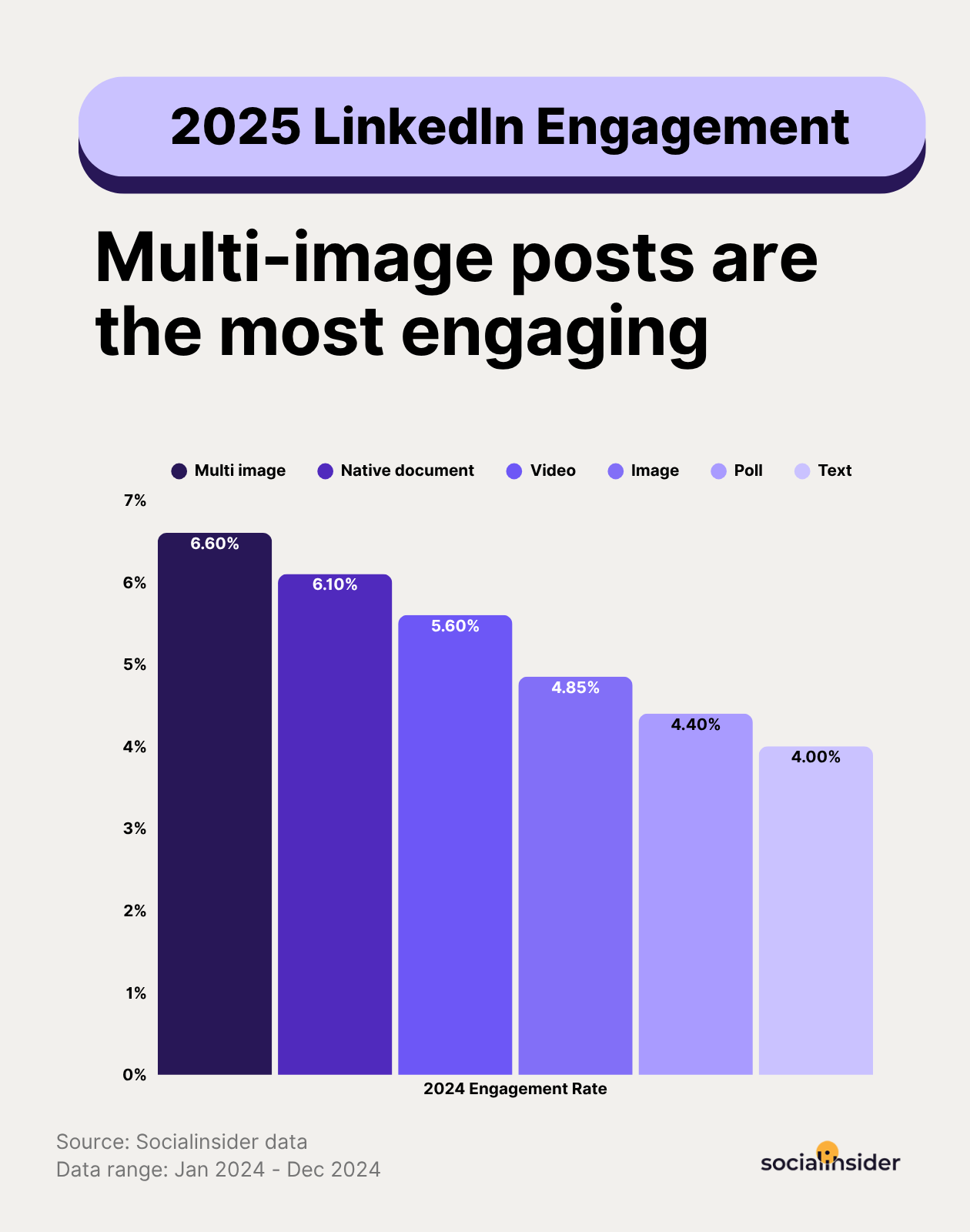
However, for our specific case, text posts outperform video posts.

And, as you can see, we are also running some tests to discover if posts with real faces perform better than others on our LinkedIn. Based on the results, we’ll optimize our strategy.

Final thoughts
At the end of the day, it’s not about choosing between organic and paid—it’s about understanding how they work together to support your bigger marketing goals.
Organic helps you build trust and long-term relationships, while paid gives you the boost you need to reach new audiences and drive results faster.
By combining the two, you can create a flexible, data-informed strategy that not only performs better but also grows with your brand.






